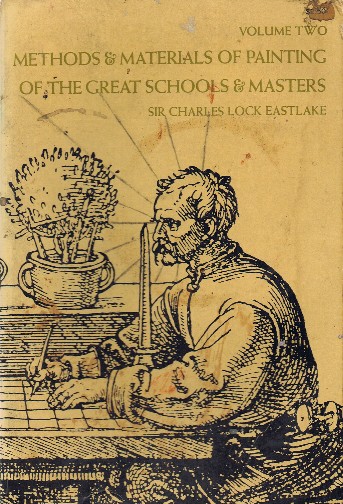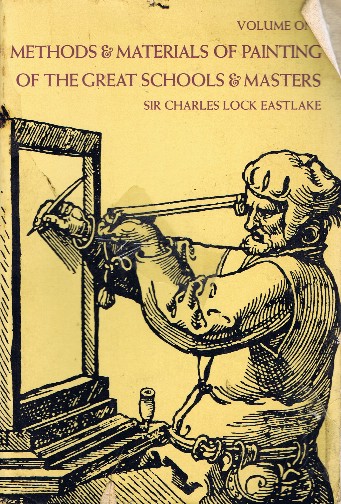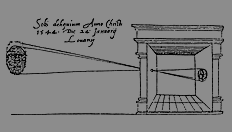(created by Glen River)
1958- |
1955-2014 |
1958-2010 |
1959-2010 |
1959-2010 |
1963-1973 |
1985-2010 |
The coordination of hand, eye, and mind is the keystone to a working center which will issue a fountain of growth generally described as art. Dexterity with tools and a knowledge of historical precedients (ways other artists have succeeded) form an exchange between the scientific testing method, theory, and synthesis of esthetics into the work of art. Many artists believe this starts with drawing. Drawing is a form of visual expression and is one of the major forms within the visual arts. A quick, unrefined drawing may be defined as a sketch.
Media normally associated with drawing includes: pensils, graphite, chalk, pastels, ink, pigment, charcoal, Conté, silverpoint, marker, pen and ink, liquid media applied with brushes or pens, compass, ruler, and set square. Fixative, Drafting tape, masking tape. Traditional drawings were monochrome. Drawing suggests a process distinct from painting. Some drawings are finished artworks, but most drawing is exploratory. The focus is on observation, problem solving and composition, often as a means of preparation for a painting.
Masters of drawing in the 14th, 15th and 16th centuries included Leonardo da Vinci, Albrecht Dürer, Michelangelo, and Raphael. . In the 17th century, Nicolas Poussin, Rembrandt, Guercino, and Peter Paul Rubens created important drawings. In the 18th century, great drawings were produced by Jean-Honoré Fragonard, Francisco Goya, Giovanni Battista Tiepolo, and Antoine Watteau. The masters of drawing during the 19th century included Paul Cézanne, Jacques Louis David, Pierre-Paul Prud'hon, Edgar Degas, Theodore Gericault, Jean Ingres, Odilon Redon, Henri de Toulouse-Lautrec, Honore Daumier, and Vincent van Gogh. Great drawings in the 1900s have been created by Käthe Kollwitz, Max Beckmann, Egon Schiele, Arshile Gorky, Paul Klee, Oscar Kokoschka, M. C. Escher, André Masson, Jules Pascin, and Pablo Picasso.
Initially, the camera obscura was, in fact, a room where the image was projected onto one of the walls through an opening in the opposite wall. It was used to observe the solar eclipse and to examine the laws of projection. It later became a portable instrument which was perfected with a converging lens. Instruments of this kind were often used as drawing aids and, at the dawn of photographic history, they formed the basis for the construction of the camera.
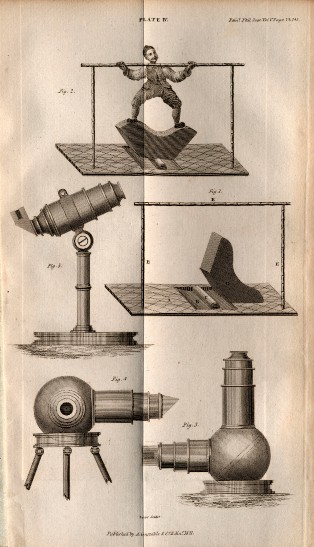
|
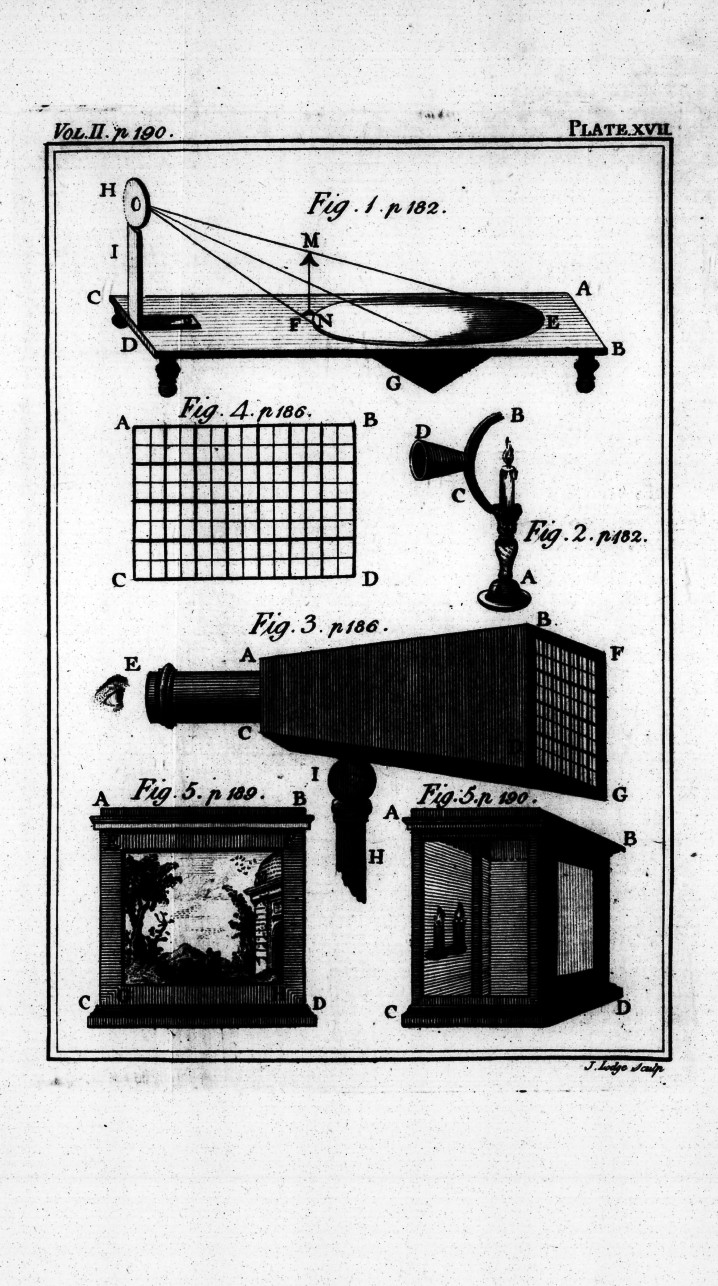
|

|
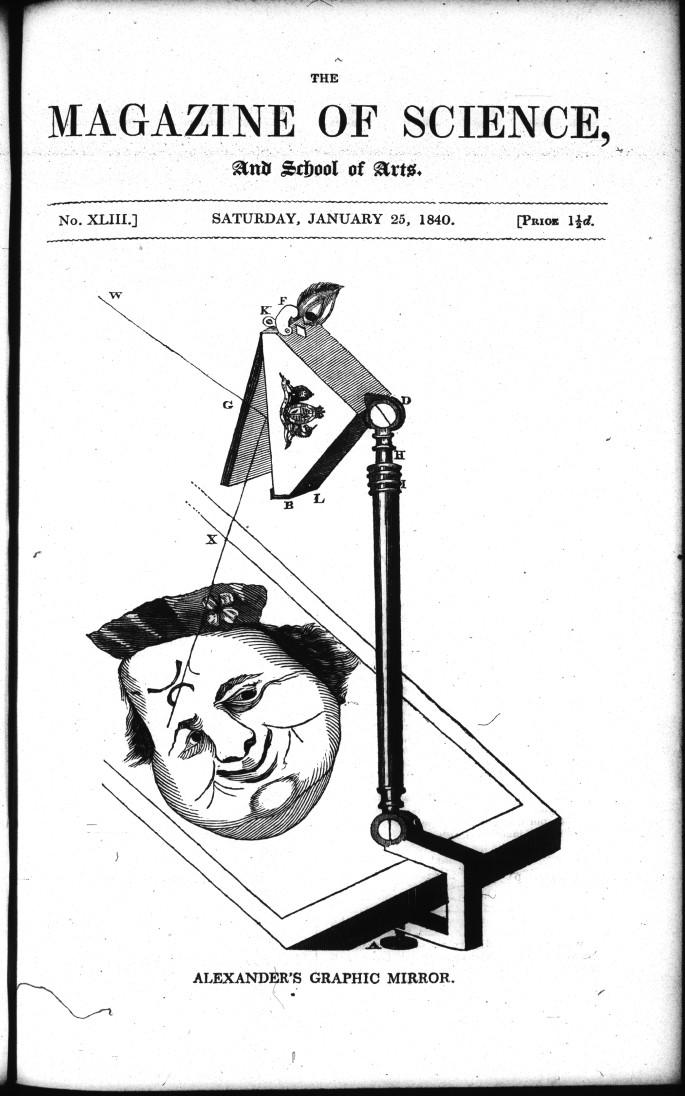
|
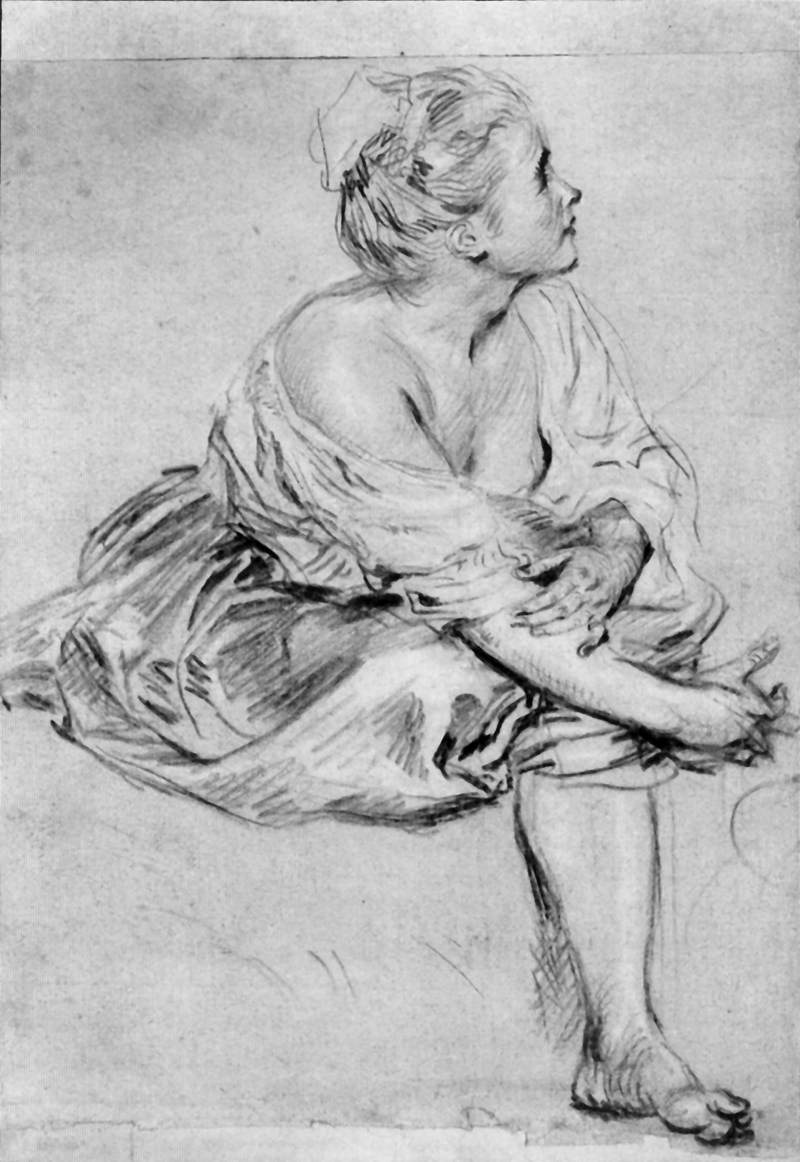
Antoine Watteau |

Nicolas Poussin |
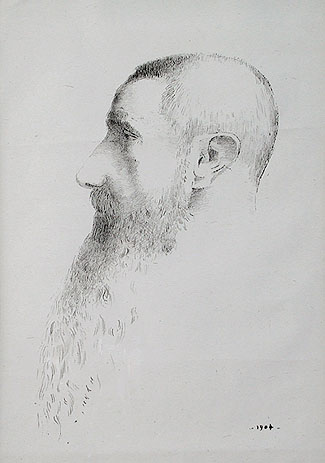
Odilon Redon |
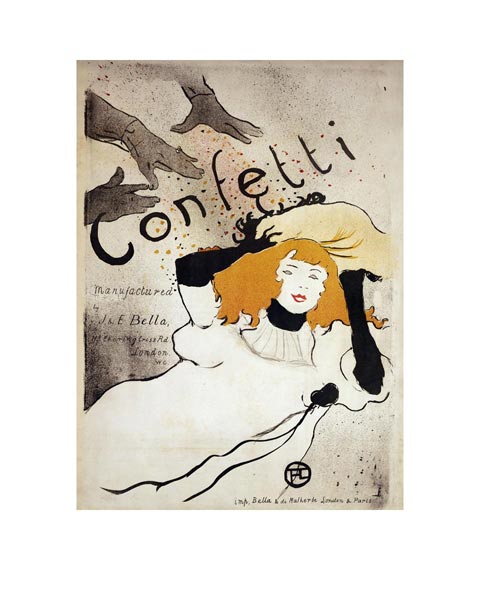
Henri de Toulouse-Lautrec |
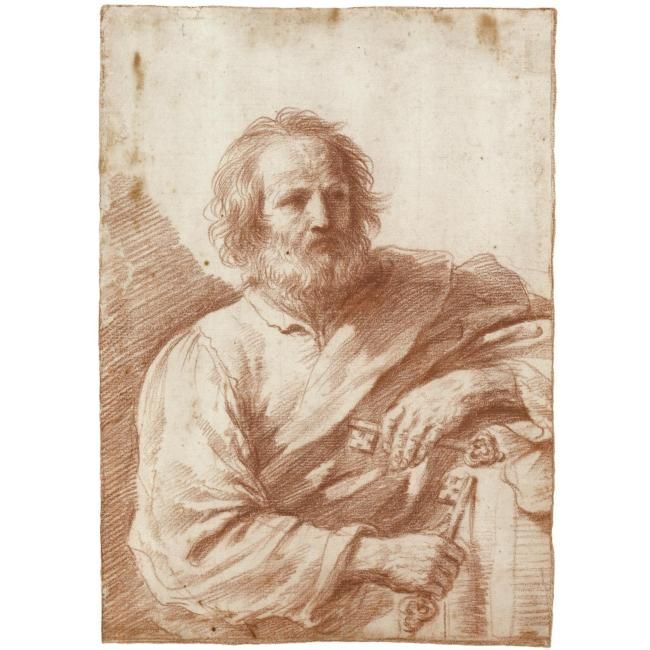
Guercino |
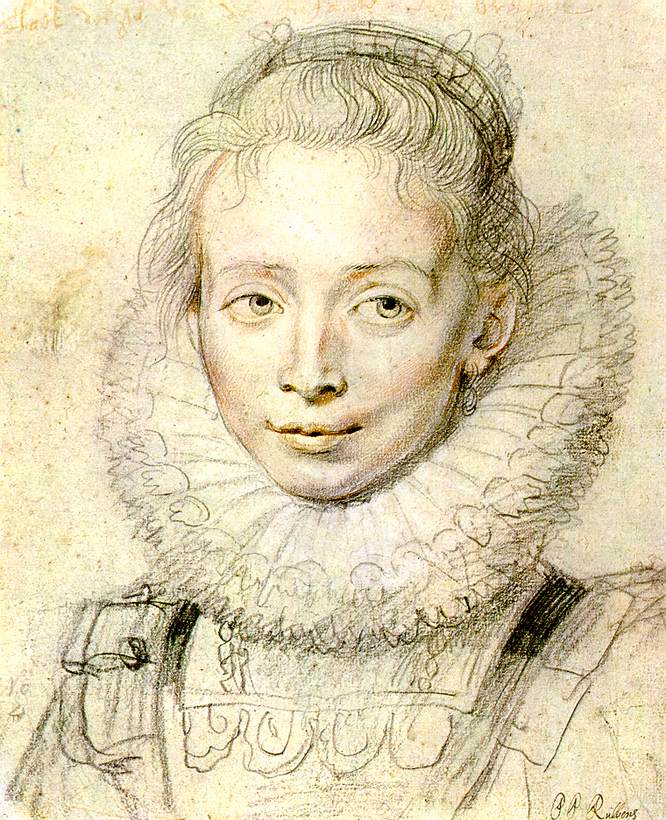
Peter Paul Rubens |
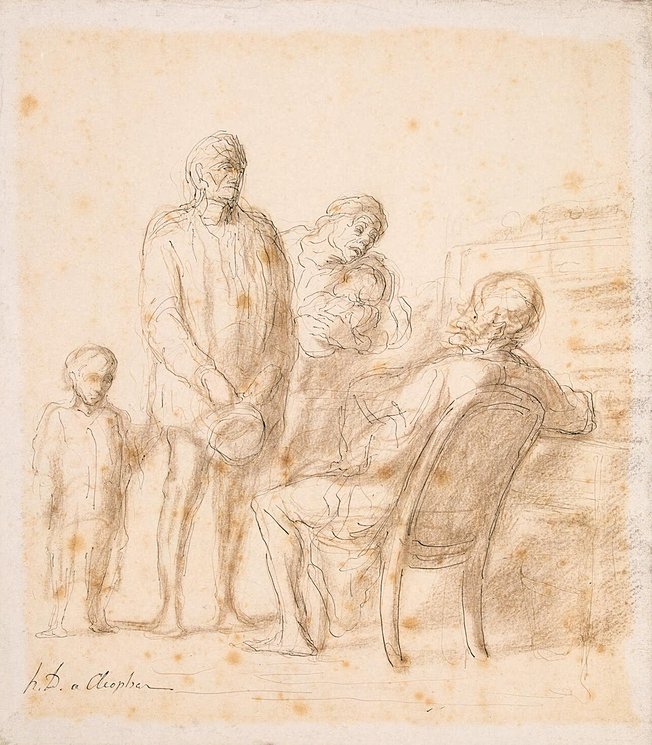
Honore Daumier |

Vincent van Gogh |
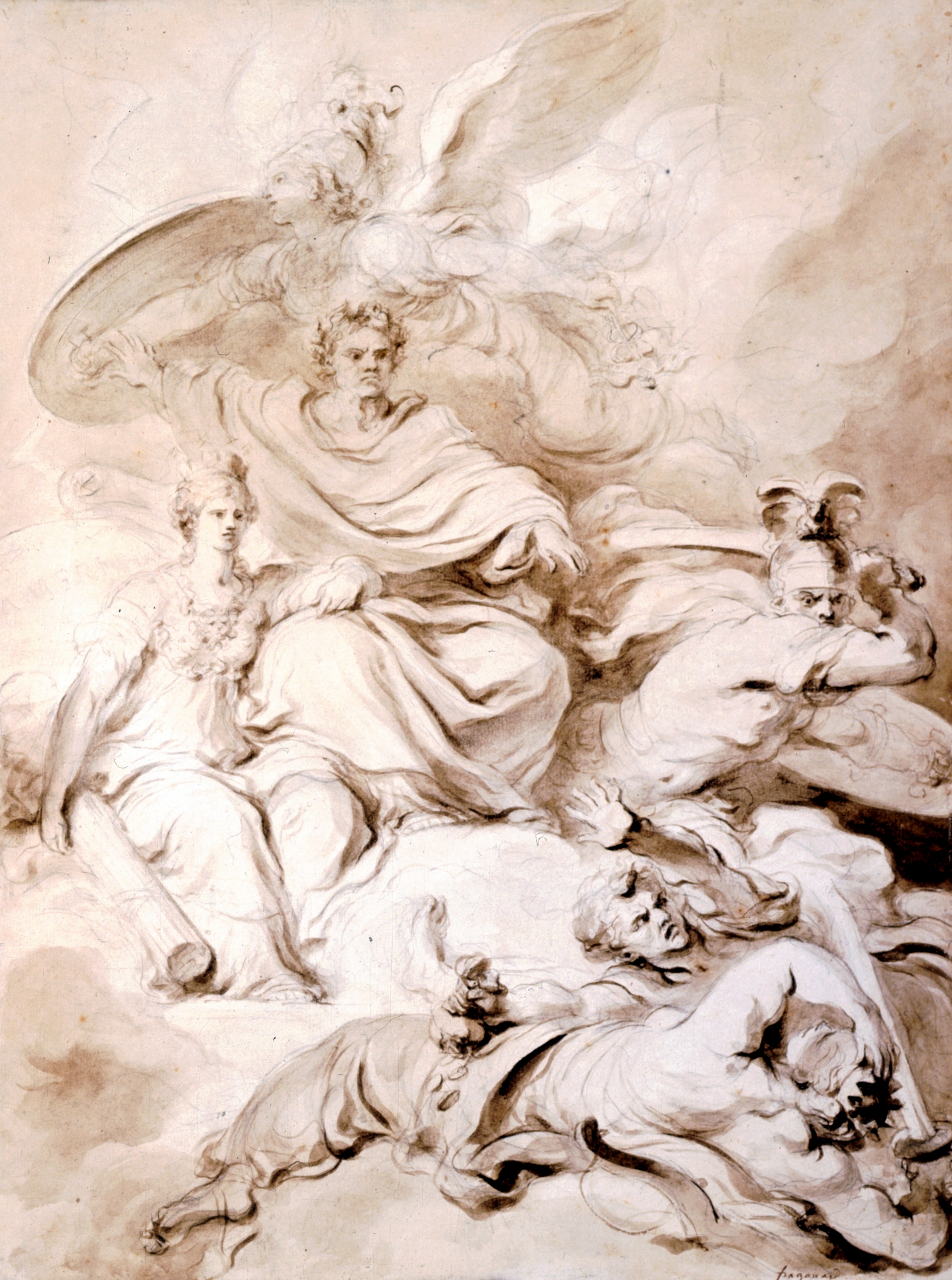
Jean-Honoré Fragonard |
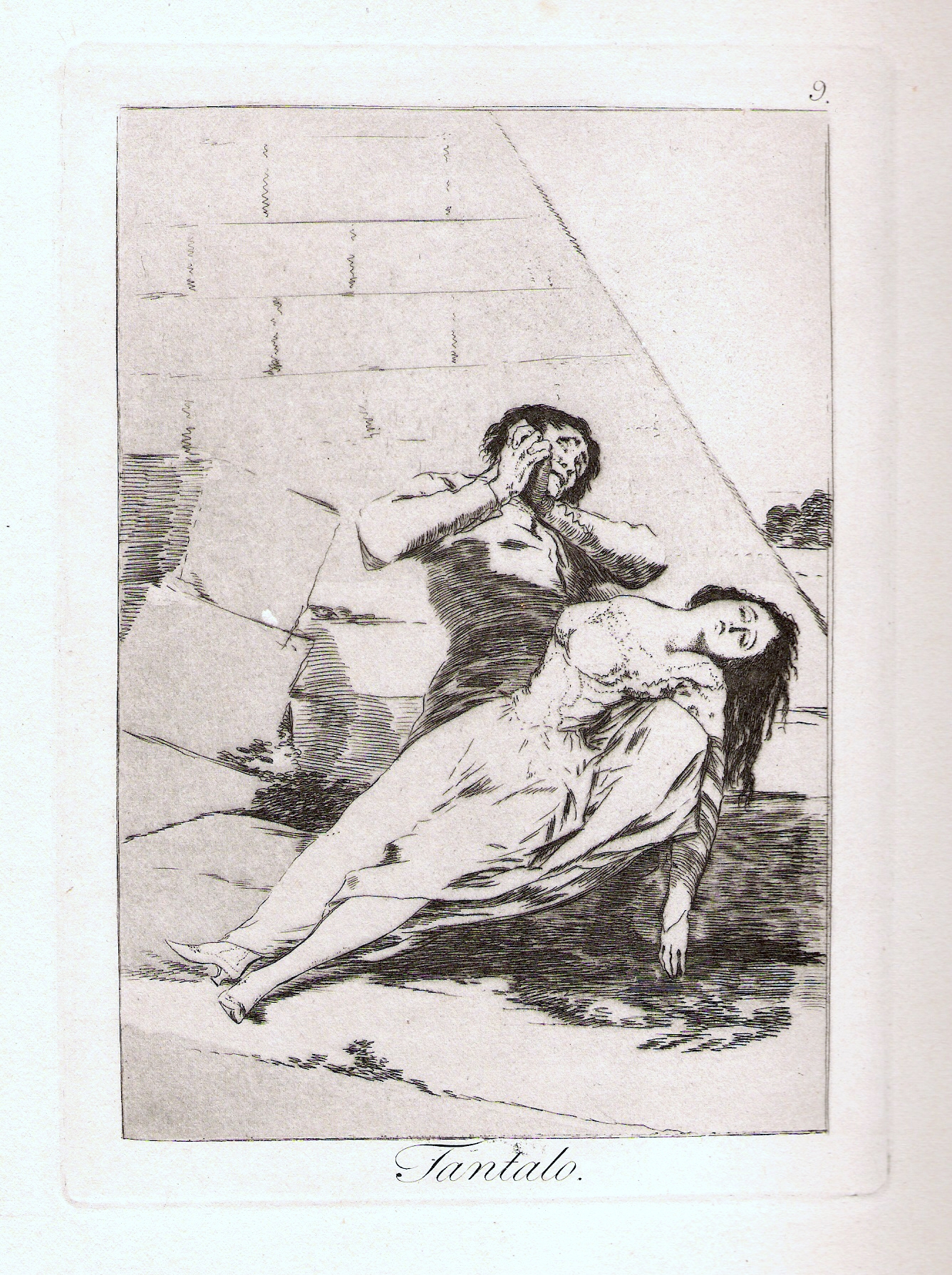
Francisco Goya |
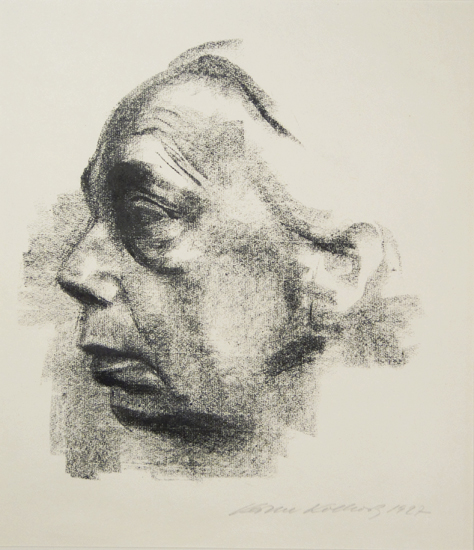
Käthe Kollwitz |
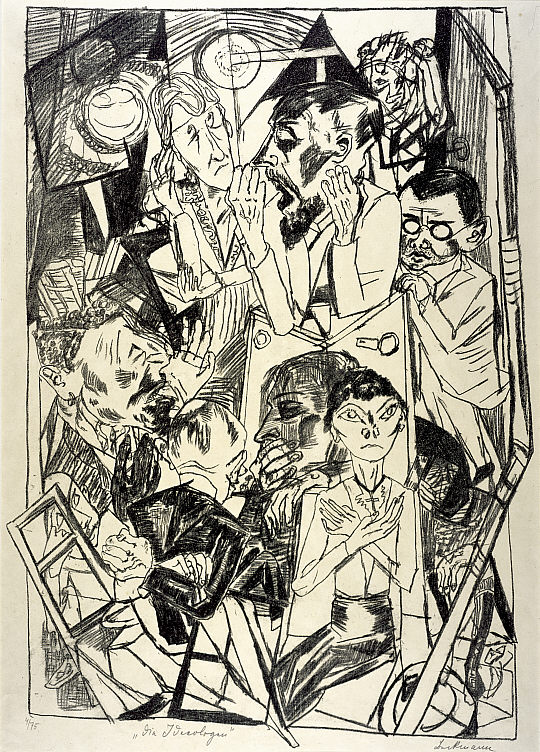
Max Beckmann |
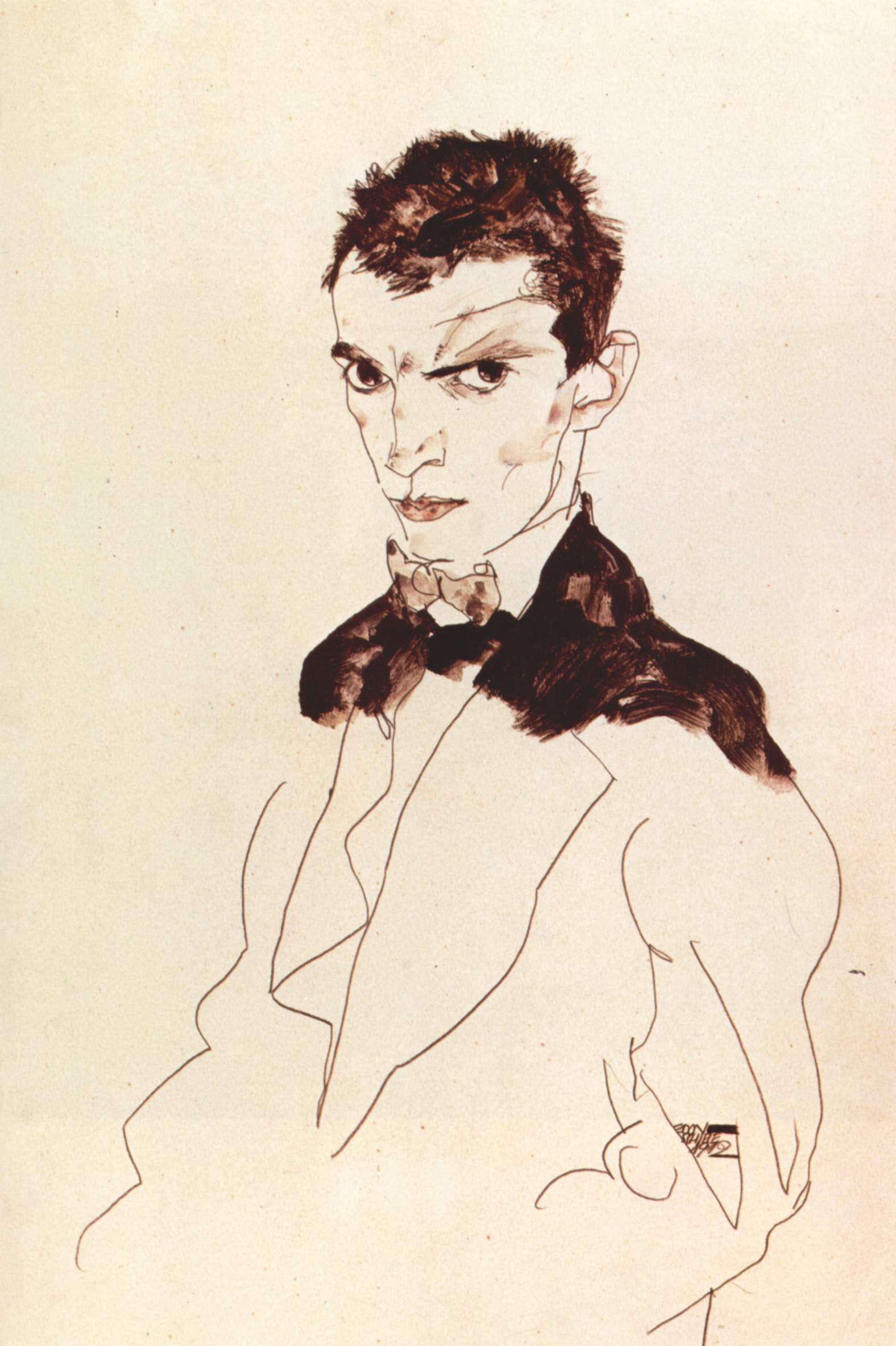
Egon Schiele |
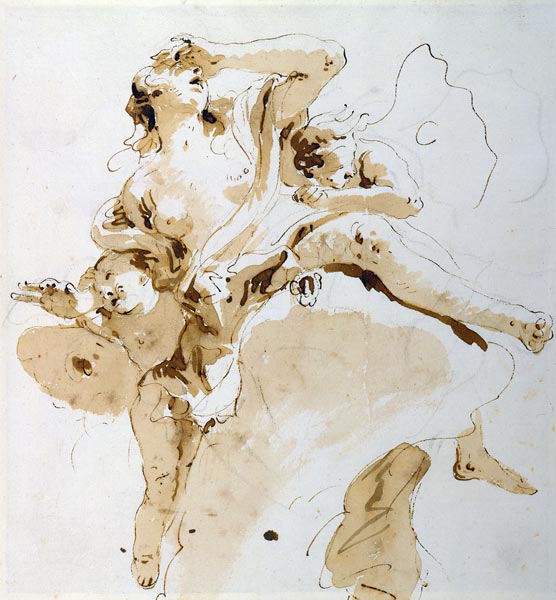
Giovanni Battista Tiepolo |
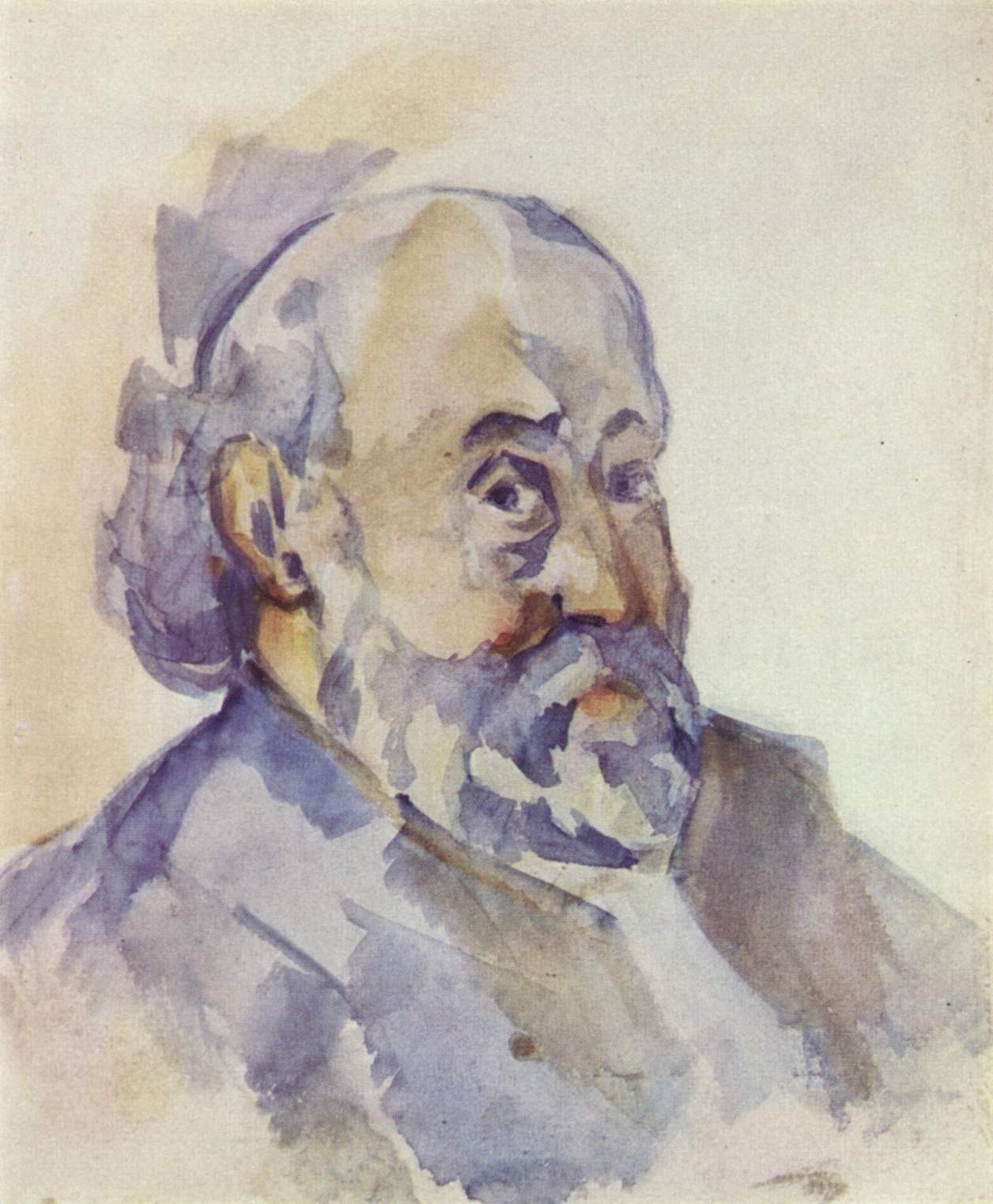
Paul Cézanne |
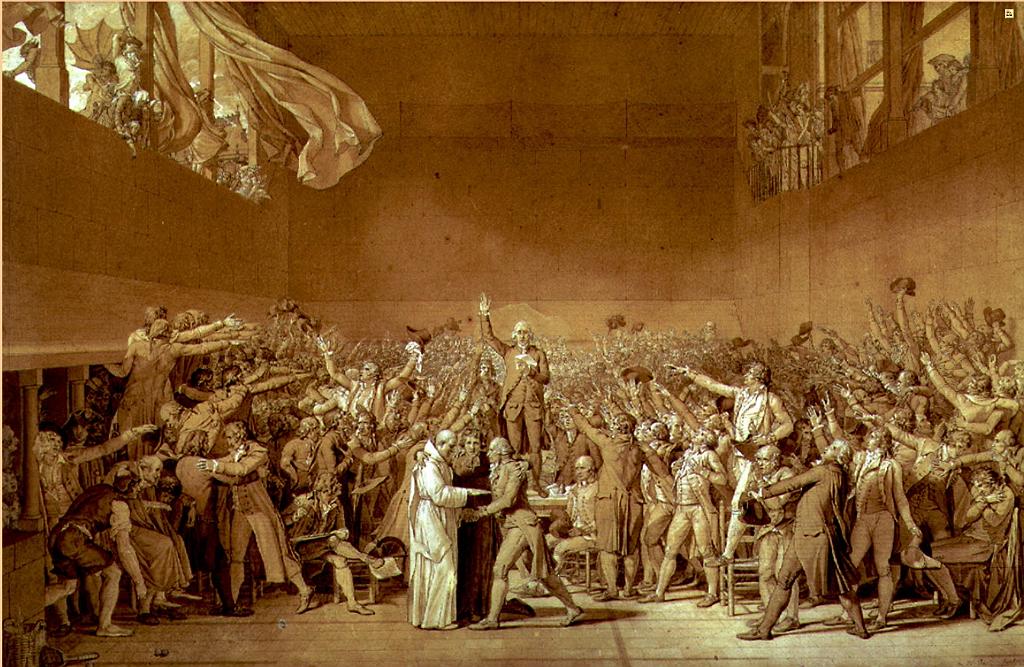
Jacques Louis David |

Pierre-Paul Prud'hon |

Edgar Degas |
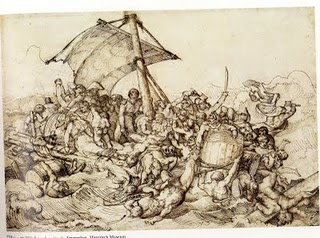
Theodore Gericault |

Jean Ingres |
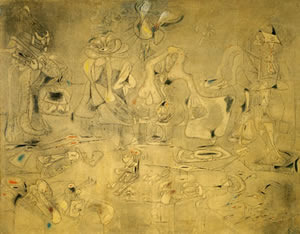
Arshile Gorky |
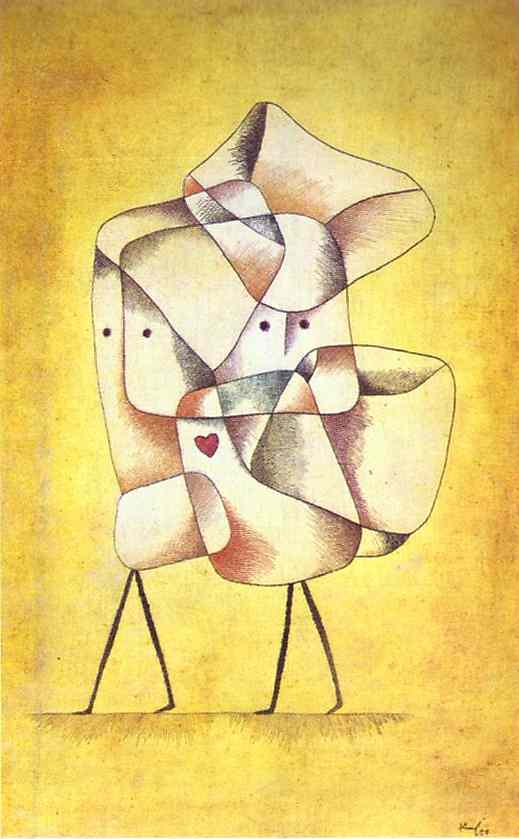
Paul Klee |
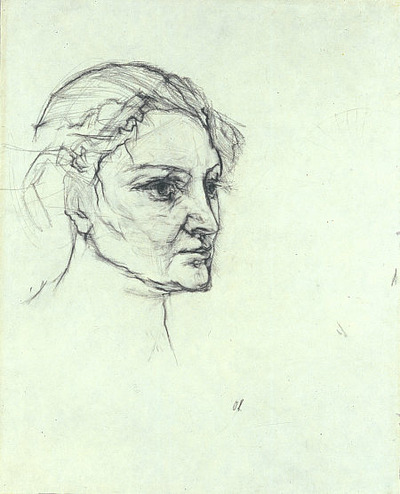
Oscar Kokoschka |
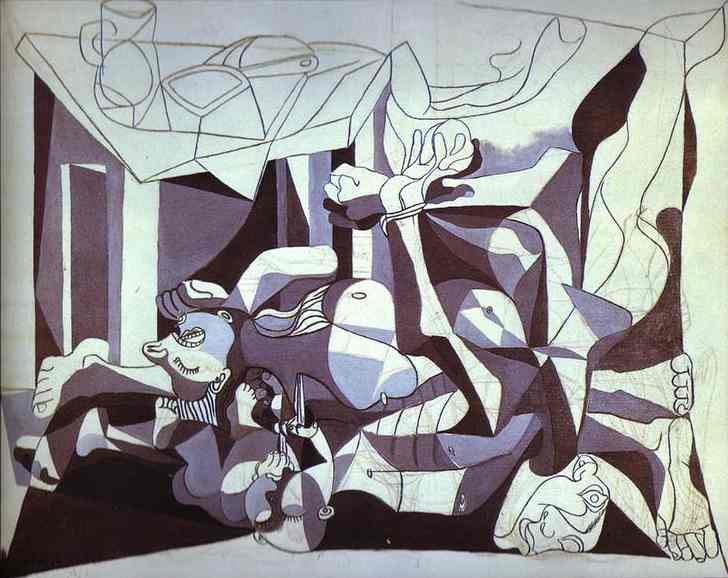
|
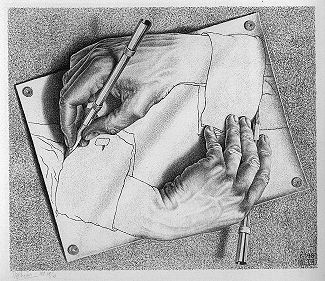
M. C. Escher |
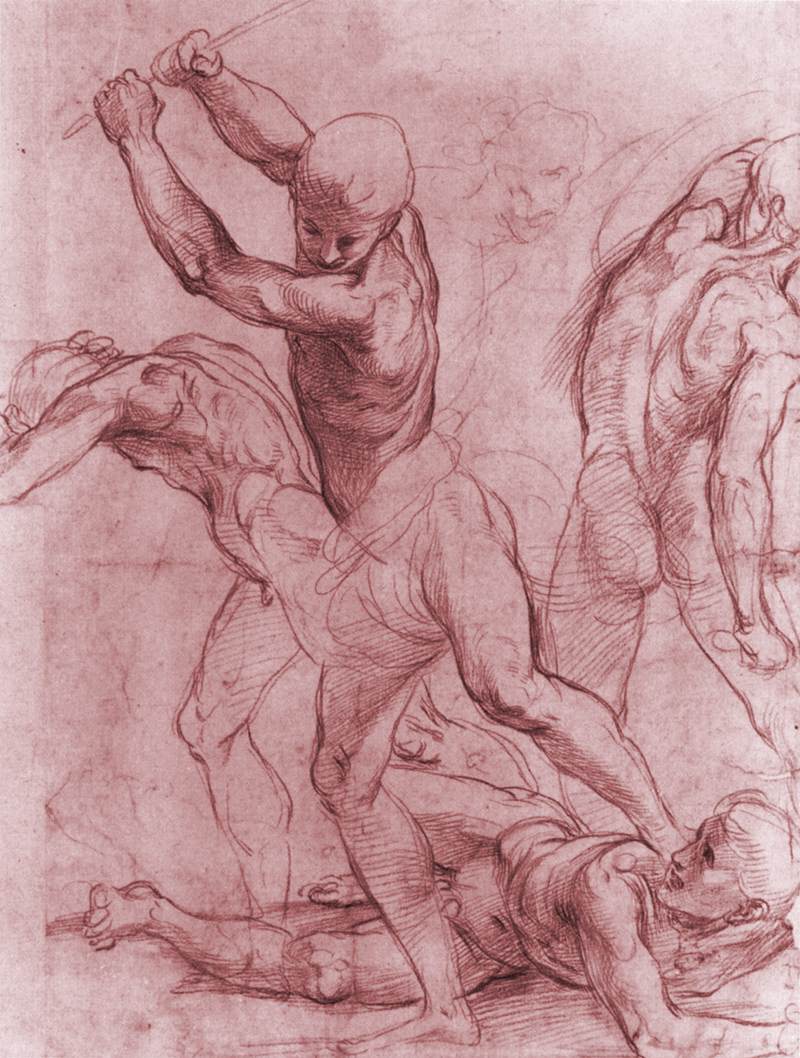
Raffaello |
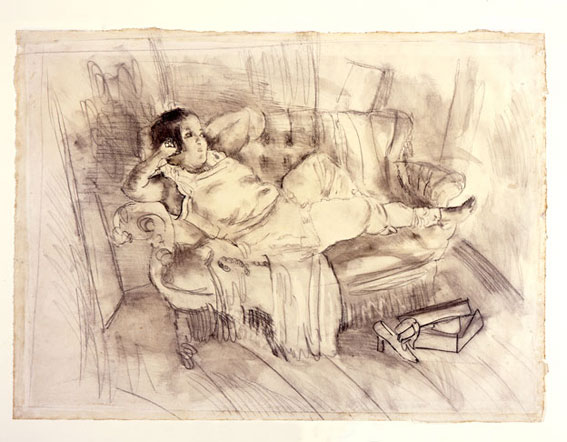
Jules Pascin |
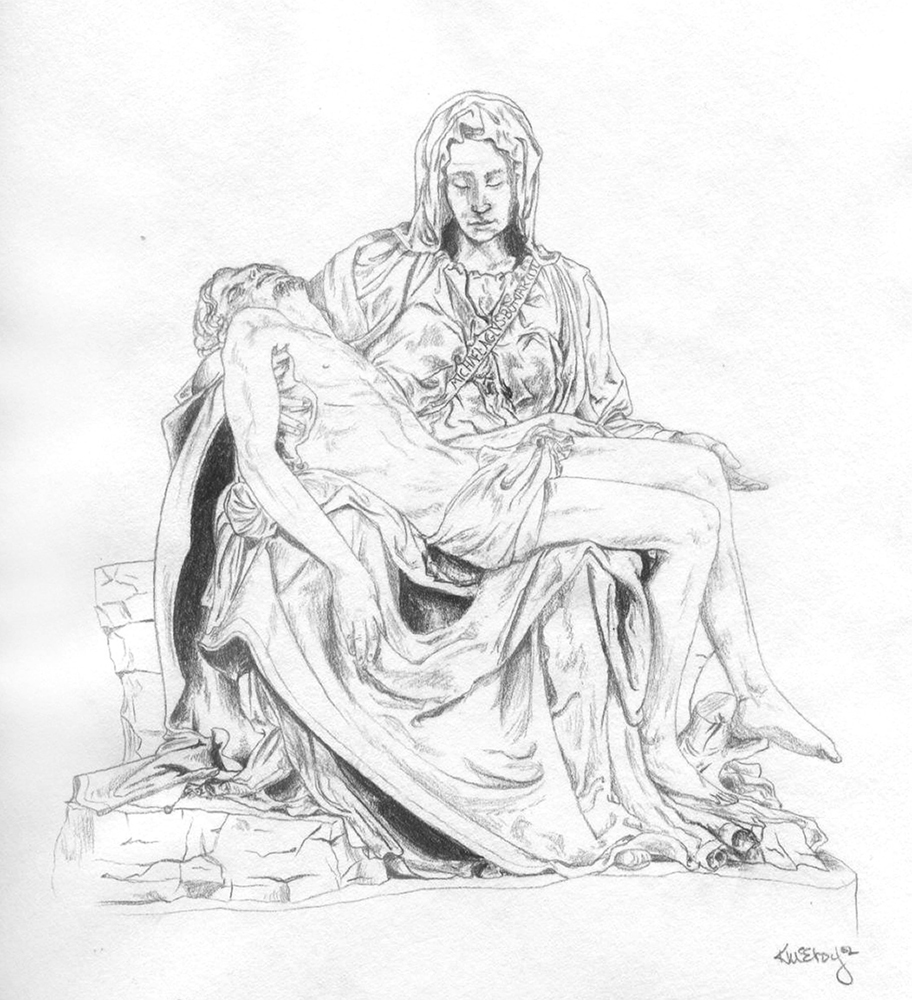
Michelangelo |
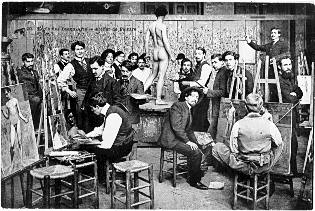
|

|
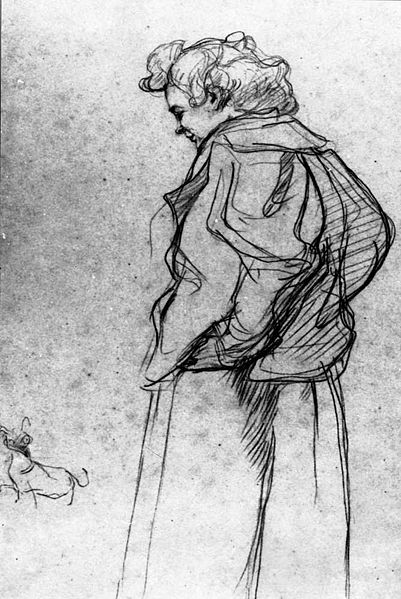
|
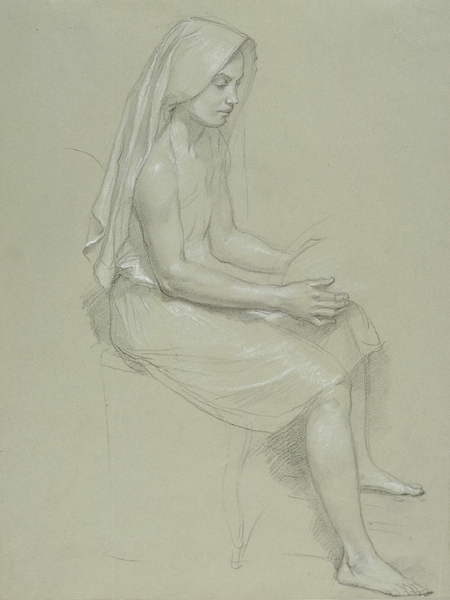
|
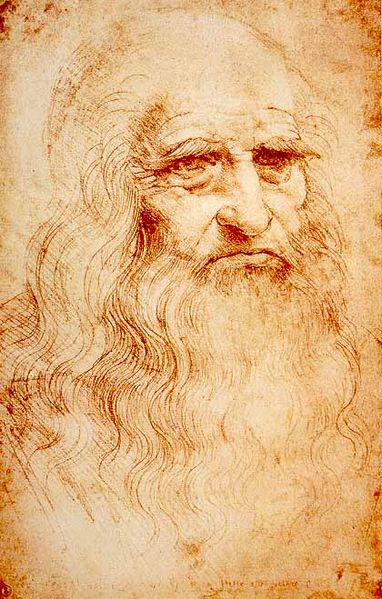
|
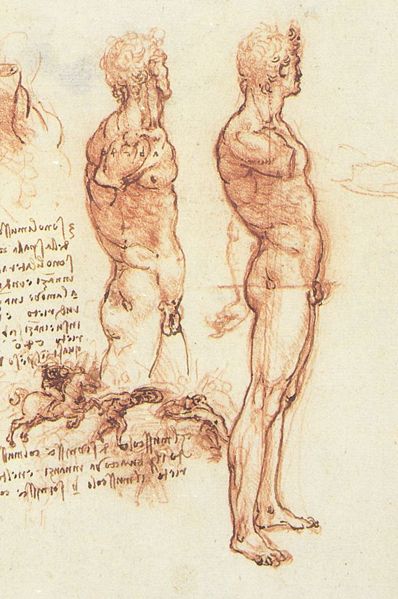
|
|
|
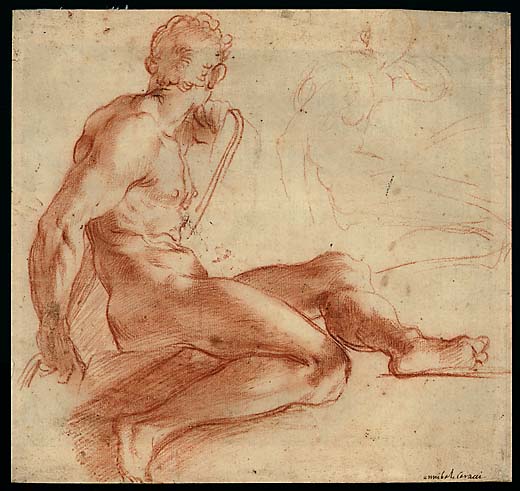
|
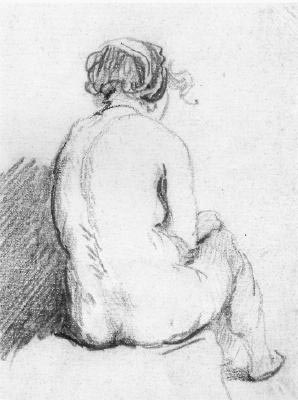
|
|
|
Artist: Glen River Drawing from a life class. 1975 Philip Morsberger, Ruskin Master of Drawing, requested a drawing faithful to the model. Drawing Overview Drawing 1963 Drawing 1969 Drawing 1970 Paris Sketchbook 1973 A great many drawings have been lost. Travel, lost luggage, fire, and flood make for great gaps where I would have preferred a record of the process. So keep your journals, sketch books, and loose pages safe. Your students and followers will find value in them. |
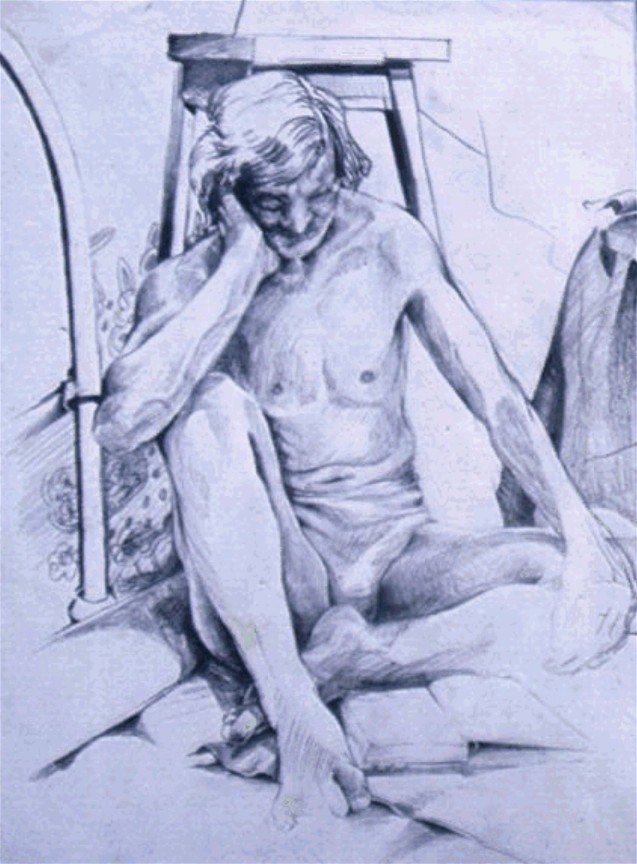
Figure Drawing by Glen River |
© 2009 Glen River Publications
